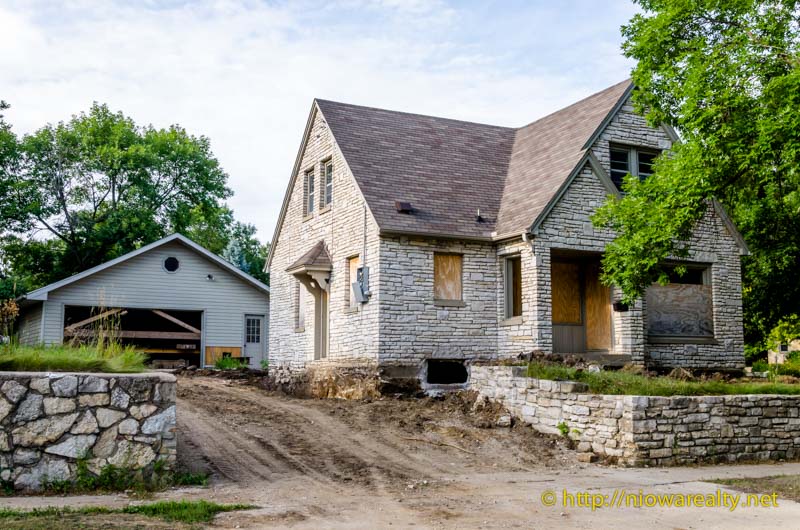 I was up near the swimming pool today on an appointment and drove past the four homes that are being readied for the move downtown. Having been involved in moving a home a number of years ago, most people have no idea the planning and preparation it takes before a home is sat back down on its new foundation. From the beginning to end there always seems to be that extra little glitch that wasn’t expected.
I was up near the swimming pool today on an appointment and drove past the four homes that are being readied for the move downtown. Having been involved in moving a home a number of years ago, most people have no idea the planning and preparation it takes before a home is sat back down on its new foundation. From the beginning to end there always seems to be that extra little glitch that wasn’t expected.
The stone, stucco and brick homes are the most difficult because of the fear of mortar cracking between the bricks and stone. The process starts with the removal of trees and shrubs that will be in the way of the movers. Then there is the removal of the concrete steps and railings leading up to the home as there cannot be any obstructions when the home gets picked up and slid off its foundation. All plumbing, wiring, and HVAC has to be disconnected at the ceiling level of the basement. Next there is the bracing of the fireplaces and chimneys so they can be cut off at the level of the sill plate. There will be new bases built for them in basements of the new site. Next comes the cutting of holes in the foundations large enough for the large I-beams to be slid thru to the other side as supports for the structure when it is lifted off. Then comes the cutting away of the concrete and likely spikes and anything else that is holding the home to the foundation.
After all looks clear for the lift off, the home is slowly lifted off with numerous hydraulic jacks that are high tech and pressure sensitive. If all goes as planned, the home will soon be supported by two large beams and cross supported by smaller beams to make sure the weight has been evenly dispersed. It gets lifted off and slid away from the hole that’s left and readied for the move. Once the home is up on the flatbed and placed into position for the tow, extra care must be taken on the route to make sure there are no hanging branches, power, cable and telephone lines that will block the path. The energy, cable and telephone companies charge per hour for the time spent disconnecting and reconnecting lines. Railroads even charge for crossing their tracks! If the turtle speed move is successful, the home is then slid over the new basement hole. The foundations must be poured and left to cure enough to carry the weight of the home. After days of waiting, the home is finally lowered on its new foundation. The less stressful part then begins in putting back together all the mechanicals including furnace, wiring and plumbing. New concrete steps, sidewalks and driveways get poured and POOF….we have a newly re-created residence. It sounds like a great deal of work but the end product is worth it. The project is well justified because those four homes would be cost prohibitive to build new as well their architectural beauty being preserved for generations to come. Soon you will see four homes on the move.
